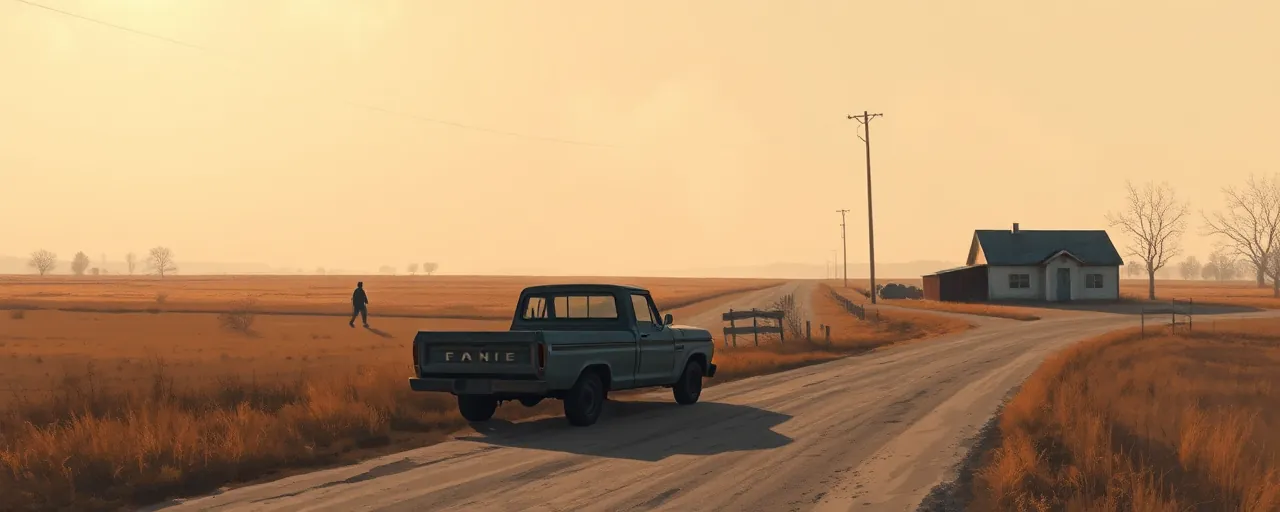A Guilty Verdict in Marion County
A federal jury in East St. Louis, Illinois, delivered a decisive verdict this week, finding Broderick K. Currie, a 36-year-old from Centralia, guilty on two counts of distributing controlled substances. The charges stem from a February 2024 incident where Currie sold nearly 12 grams of cocaine and one gram of fentanyl to a confidential source in Marion County. It’s a case that landed hard, exposing the persistent drug trade threading through small-town America.
The trial, wrapped up after just two days, laid bare the stakes of the fight against fentanyl, a synthetic opioid so potent that a mere two milligrams can kill. Currie, also known as Broderick K. Wooters, now faces up to 30 years in prison per count, with sentencing set for August 12. For residents tracking the ripple effects of drugs in their communities, this outcome signals both a win and a stark reminder of the work still ahead.
Fentanyl’s Lethal Reach
Fentanyl has carved a grim path across the United States, fueling an overdose crisis that claimed over 100,000 lives in 2024 alone, down from a peak of 114,000 the year before. Its potency, 50 to 100 times stronger than morphine, makes it a cheap and deadly additive in everything from heroin to counterfeit pills. In Southern Illinois, where Currie operated, law enforcement officials stress that every dealer taken down chips away at a sprawling network.
The decline in overdose deaths, the lowest since 2020, reflects aggressive moves to disrupt supply lines from Mexico and China, alongside wider access to naloxone, a drug that reverses overdoses. Yet, the battle’s far from over. Mexican cartels, like Sinaloa and Jalisco, keep pumping fentanyl across the border, with seizures topping 21,900 pounds at U.S. ports last year. For Marion County families, Currie’s conviction hits close to home, a tangible step against a drug that’s torn through too many lives.
Task Forces Take the Lead
The investigation pinning Currie came out of nowhere for some, but it was no fluke. The FBI’s Springfield Field Office, through its Southern Illinois TOC-West Task Force, spearheaded the effort, leaning on local players like the Fayette County Sheriff’s Office and Mt. Vernon Police Department. This multi-agency crew is part of a broader push by the Organized Crime Drug Enforcement Task Forces, or OCDETF, a federal program born in 1982 to dismantle big-time traffickers.
Task forces like these pool resources and brainpower, turning street-level busts into strikes against cartel operations. They’ve racked up thousands of arrests and billions in seized assets over decades. Supporters say the teamwork amplifies impact, pointing to cases like Currie’s as proof. Others note funding hiccups could stall expansion, leaving gaps in coverage as traffickers adapt with encrypted apps and social media sales.
Sentencing and Beyond
Currie’s fate hinges on federal sentencing rules tied to 21 U.S.C. § 841, which doles out stiff penalties based on drug type and amount. His career offender status, flagged by U.S. Attorney Steven D. Weinhoeft, could max out his sentence at 60 years total. It’s a hefty price, shaped by laws from the 1980s that scrapped parole and locked in mandatory minimums, pushing federal drug inmate numbers skyward since then.
Debate swirls around these guidelines. Some argue they’re a blunt tool, snaring low-level dealers alongside kingpins and clogging prisons. Proposed tweaks from the U.S. Sentencing Commission, still pending, might ease penalties for certain drug crimes by late 2025. For now, Currie’s case underscores a system built to hit hard, leaving observers split on whether it deters or just punishes.
A Community on Edge
For Southern Illinois, Currie’s conviction lands as both relief and a wake-up call. The region’s seen its share of the fentanyl wave, with overdose deaths dipping but still hauntingly high. FBI Special Agent in Charge Christopher Johnson framed it as a mission to ‘destroy’ trafficking networks, a vow echoed by locals tired of losing neighbors. The human cost, pegged at $1.5 trillion yearly nationwide, keeps the pressure on.
What’s next feels uncertain. Enforcement’s making dents, yet distribution evolves, slipping through digital cracks and border loopholes. Residents new to the legal tangle might wonder what it all means, beyond headlines. It’s this: one dealer’s off the streets, but the fight’s a marathon, not a sprint, with lives hanging on every step.
